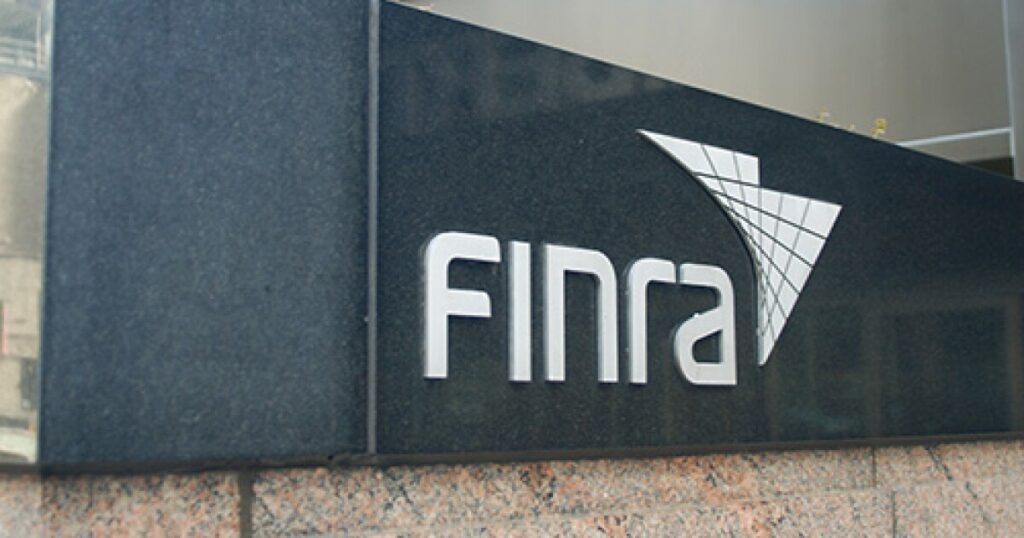Large brokerages with 500 or more registered representatives will be paying an additional $415,000 annually to FINRA under a fee increase plan proposed on Tuesday.
The Financial Industry Regulatory Authority, the broker-dealer industry’s self-imposed watchdog, submitted a fee increase plan on Tuesday for eventual approval by the Securities and Exchange Commission. The proposal calls for putting FINRA on the path to increasing its annual revenue from fees charged to member firms by $450 million by 2029.
The plan comes amid current and projected budgetary shortfalls. FINRA reported a net operating loss of $119.1 million in 2023, according to its latest annual financial report. This year, it’s expecting to have to draw down its reserves by $100 million, according to an annual budget summary.
READ MORE:FINRA plans to raise regulatory fees to stem lossesFINRA officials weigh firms’ use of AI, finfluencersBroker weighs appeal in constitutional challenge of FINRA powersWarren presses FINRA over declining broker enforcement actionsA ‘kinder, gentler’ FINRA — despite collecting $89M in fines
FINRA President Robert Cook, along with board chair and public governor Eric Noll and finance committee chair and large-firm governor Scott Curtis, noted in a letter to members posted to the agency’s website on Tuesday that they had raised the likelihood of coming fee increases in both the recent financial report and budget summary.
“The fee increase will support FINRA’s mission over the next five years — from 2025 through 2029,” according to the letter. “The bulk of the fee increase will be delayed until 2026 and phased in over several years to provide members with time to plan for budgeting purposes.”
FINRA had 3,298 member firms in 2023, according to its latest “industry snapshot” report. Of those, nearly half (46.5%) are firms with 10 or fewer registered representatives. Their annual cost from fees is expected to increase by $625 by 2029.
For firms that are bigger than that but with 150 or fewer representatives, the annual cost is expected to rise by $4,135. Those firms make up 42.8% of FINRA members.
Midsize firms, with between 151 and 499 representatives (constituting 6.4% of FINRA members), are expected to see an $82,500 increase by 2029. That means the biggest increase —$415,000 for large firms — will fall on only 4.3% of registered firms.
The actual fees any given firm pays will vary depending on a variety of circumstances. All members will see annual registration fees increase to $105 from $75.
There are additional fees for having branch offices. Those with 250 or fewer branch offices, for example, will have to pay $245 for each office, up from $175. Those with more than 2,000 will have to pay $105 for each office, up from $75.
The cost of filing a U5 document — which must be submitted anytime a registered representative leaves a firm for any reason — would meanwhile rise to $70 from $50.
FINRA is also proposing to increase the fees that both firms and associated persons have to pay to bring disputes before one of its arbitration panels. The fee for cases involving between $100,000 and $500,000, for example, will rise to $2,660 from $2,125.
Carlo di Florio, the global advisory leader at the compliance firm ACA Group and a former FINRA chief risk and strategy officer, said FINRA is usually pretty good at making sure its members have a say on any pending fee increases.
“There’s a healthy and balanced process whereby firms in the industry can raise questions, concerns, issues to make balanced decisions,” di Florio said. “I think it’s a governance framework that allows for a lot of back and forth.”
FINRA’s proposal to the SEC says the agency’s rising costs come in part from growing enforcement obligations. It’s now responsible, for instance, for enforcing Regulation Best Interest, a rule the SEC adopted in 2019 to require brokers to do what’s best for their clients and disclose conflicts. The agency has also been contending with rising pay for employees and investments in technology.
FINRA has tried to hold down costs in various ways. In 2020 and 2024, it used incentives to encourage employees to retire. It has also closed five offices and brought on a consultant to help it find ways to operate more efficiently.
